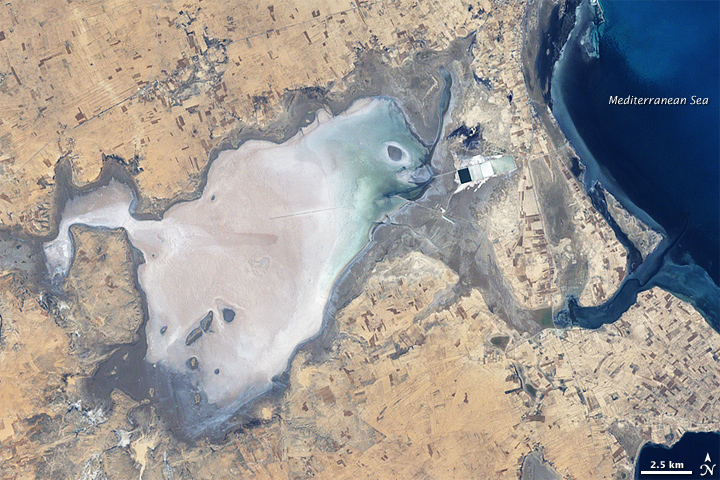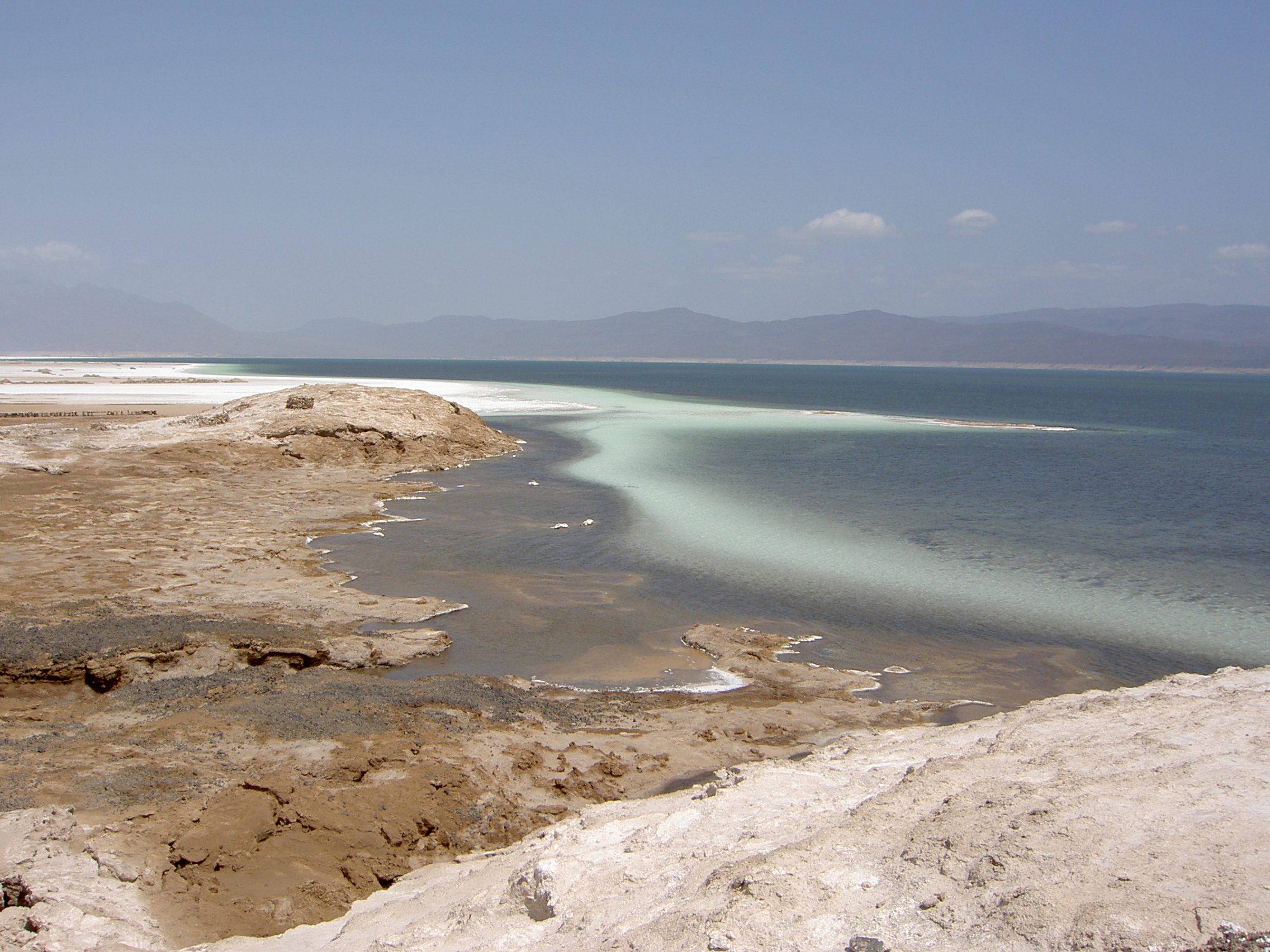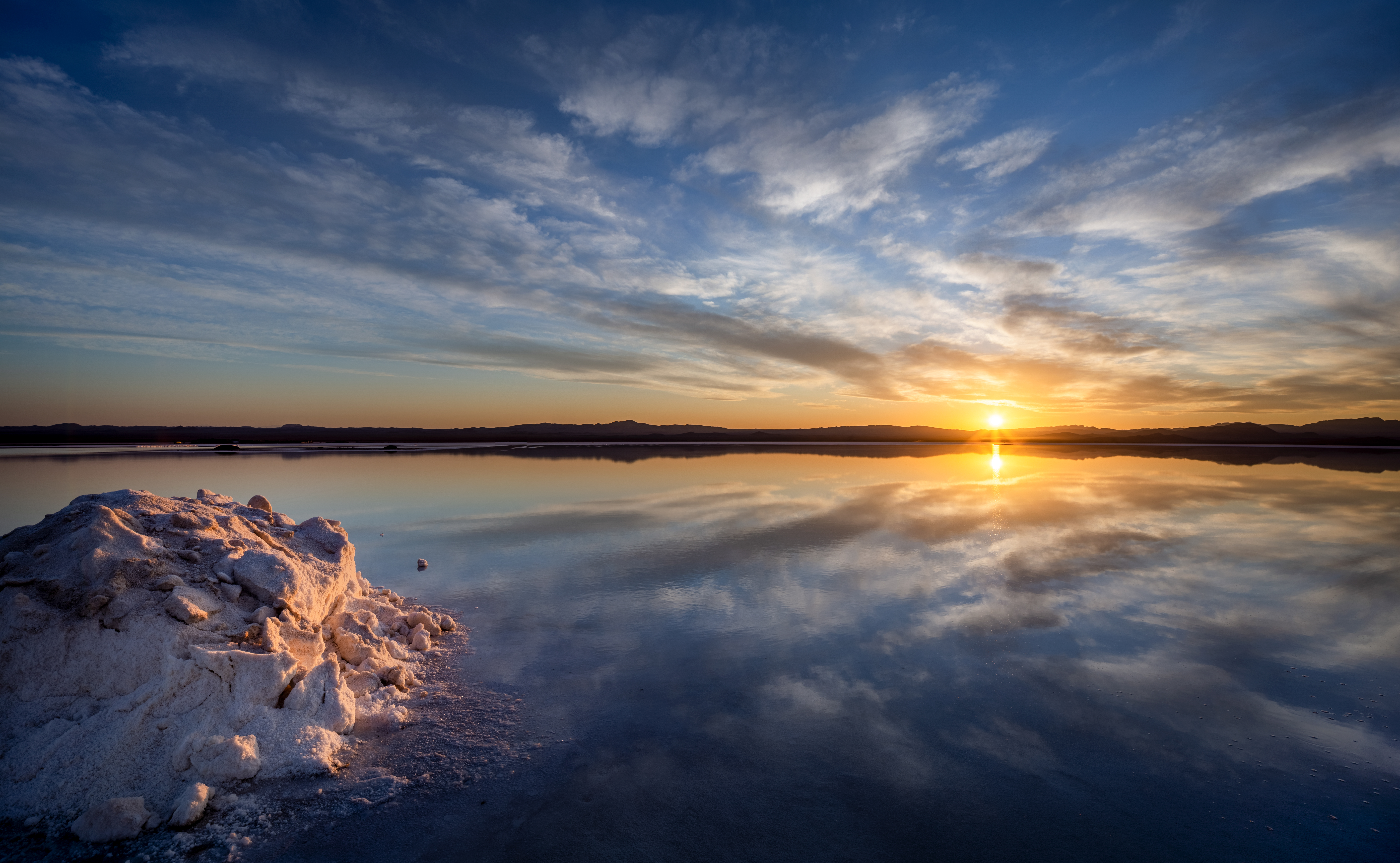|
Salt Pans
{{disambig ...
Salt pans can refer to: * Salt pan (geology), a flat expanse of ground covered with salt and other minerals, usually found in deserts ** Sabkha, a phonetic translation of the Arabic word for a salt pan (geology) * Salt evaporation pond, a method of producing salt by evaporating brine *Open-pan salt making is a method of salt production wherein salt is extracted from the brine using vacuum pans See also *Dry lake *Hypersalinity *Salt lake *Salt pannes and pools Salt pannes and pools are water retaining depressions located within salt and brackish marshes. Pools tend to retain water during the summer months between high tides, whereas pannes generally do not. Salt pannes generally start when a mat of or ... [...More Info...] [...Related Items...] OR: [Wikipedia] [Google] [Baidu] |
Salt Pan (geology)
Natural salt pans or salt flats are flat expanses of ground covered with salt and other minerals, usually shining white under the sun. They are found in deserts and are natural formations (unlike salt evaporation ponds, which are artificial). A salt pan forms by evaporation of a water pool, such as a lake or pond. This happens in climates where the rate of water evaporation exceeds the rate of that is, in a desert. If the water cannot drain into the ground, it remains on the surface until it evaporates, leaving behind minerals precipitated from the salt ions dissolved in the water. Over thousands of years, the minerals (usually salts) accumulate on the surface. These minerals reflect the sun's rays (through radiation) and often appear as white areas. Salt pans can be dangerous. The crust of salt can conceal a quagmire of mud that can engulf a truck. The Qattara Depression in the eastern Sahara Desert contains many such traps which served as strategic barriers during World ... [...More Info...] [...Related Items...] OR: [Wikipedia] [Google] [Baidu] |
Sabkha
A sabkha ( ar, سبخة) is a coastal, supratidal mudflat or sandflat in which evaporite-saline minerals accumulate as the result of semiarid to arid climate. Sabkhas are gradational between land and intertidal zone within restricted coastal plains just above normal high-tide level. Within a sabkha, evaporite-saline minerals sediments typically accumulate below the surface of mudflats or sandflats. Evaporite-saline minerals, tidal-flood, and aeolian deposits characterize many sabkhas found along modern coastlines. The accepted type locality for a sabkha is at the southern coast of the Persian Gulf, in the United Arab Emirates.Neuendorf, K.K.E., J.P. Mehl, Jr., and J.A. Jackson, eds. (2005) ''Glossary of Geology'' (5th ed.). Alexandria, Virginia, American Geological Institute. 779 pp. Tucker, M.E. and Wright, V.P., 2009. ''Carbonate sedimentology.'' John Wiley & Sons. and Warren, J.K., 2006. Evaporites: sediments, resources and hydrocarbons. Springer Science & Business Media.Wa ... [...More Info...] [...Related Items...] OR: [Wikipedia] [Google] [Baidu] |
Salt Evaporation Pond
A salt evaporation pond is a shallow artificial salt pan designed to extract salts from sea water or other brines. The Salt pans are shallow and large of size because it will be easier for sunlight to travel and reach the sea water. Natural salt pans are geological formations that are also created by water evaporating and leaving behind salts. Some salt evaporation ponds are only slightly modified from their natural version, such as the ponds on Great Inagua in the Bahamas, or the ponds in Jasiira, a few kilometres south of Mogadishu, where seawater is trapped and left to evaporate in the sun. The seawater or brine is fed into large ponds and water is drawn out through natural evaporation which allows the salt to be subsequently harvested. The ponds also provide a productive resting and feeding ground for many species of waterbirds, which may include endangered species. The ponds are commonly separated by levees. Salt evaporation ponds may also be called salterns, salt works or ... [...More Info...] [...Related Items...] OR: [Wikipedia] [Google] [Baidu] |
Open-pan Salt Making
Open-pan salt making is a method of salt production wherein salt is extracted from brine using open pans. Virtually all European domestic salt is obtained by solution-mining of underground salt formations, although some is still obtained by the solar evaporation of sea water. Types of Open-Pan Salt Production Salt is made in two ways traditionally. Rock salt is mined from the ground. The other type known as white salt is made by the evaporation of brine. Brine is obtained in several ways. Wild brine streams, occurring from the natural solution of rock salt by ground water, can come to the surface as natural brine springs or can be pumped up to the surface at well, shafts or boreholes. Artificial brine is obtained through solution mining of rock salt with fresh water and is known as ‘controlled brine pumping’. A Bastard Brine used to be made by allowing fresh water to run through abandoned rock salt mines. A Salt-on-Salt process strengthens brine by dissolving rock salt, an ... [...More Info...] [...Related Items...] OR: [Wikipedia] [Google] [Baidu] |
Dry Lake
A dry lake bed, also known as a playa, is a basin or depression that formerly contained a standing surface water body, which disappears when evaporation processes exceeds recharge. If the floor of a dry lake is covered by deposits of alkaline compounds, it is known as an alkali flat. If covered with salt, it is known as a '' salt flat.'' Terminology If its basin is primarily salt, then a dry lake bed is called a '' salt pan'', ''pan'', or ''salt flat'' (the latter being a remnant of a salt lake). ''Hardpan'' is the dry terminus of an internally drained basin in a dry climate, a designation typically used in the Great Basin of the western United States. Another term for dry lake bed is ''playa''. The Spanish word ''playa'' () literally means "beach". Dry lakes are known by this name in some parts of Mexico and the western United States. This term is used e.g. on the Llano Estacado and other parts of the Southern High Plains and is commonly used to address paleolake sediments ... [...More Info...] [...Related Items...] OR: [Wikipedia] [Google] [Baidu] |
Hypersalinity
A hypersaline lake is a landlocked body of water that contains significant concentrations of sodium chloride, brines, and other salts, with saline levels surpassing that of ocean water (3.5%, i.e. ). Specific microbial species can thrive in high-salinity environments that are inhospitable to most lifeforms, including some that are thought to contribute to the colour of pink lakes. Some of these species enter a dormant state when desiccated, and some species are thought to survive for over 250 million years. The water of hypersaline lakes has great buoyancy due to its high salt content. Hypersaline lakes are found on every continent, especially in arid or semi-arid regions. In the Arctic, the Canadian Devon Ice Cap contains two subglacial lakes that are hypersaline. In Antarctica, there are larger hypersaline water bodies, lakes in the McMurdo Dry Valleys such as Lake Vanda with salinity of over 35% (i.e. 10 times as salty as ocean water). The most saline water body in t ... [...More Info...] [...Related Items...] OR: [Wikipedia] [Google] [Baidu] |
Salt Lake
A salt lake or saline lake is a landlocked body of water that has a concentration of salts (typically sodium chloride) and other dissolved minerals significantly higher than most lakes (often defined as at least three grams of salt per litre). In some cases, salt lakes have a higher concentration of salt than sea water; such lakes can also be termed hypersaline lakes, and may also be pink lakes on account of their colour. An alkalic salt lake that has a high content of carbonate is sometimes termed a soda lake. One saline lake classification differentiates between: *subsaline: 0.5–3‰ (0.05-0.3%) *hyposaline: 3–20‰ (0.3-2%) *mesosaline: 20–50‰ (2-5%) *hypersaline: greater than 50‰ (5%) Properties Salt lakes form when the water flowing into the lake, containing salt or minerals, cannot leave because the lake is endorheic (terminal). The water then evaporates, leaving behind any dissolved salts and thus increasing its salinity, making a salt lake an excellent place ... [...More Info...] [...Related Items...] OR: [Wikipedia] [Google] [Baidu] |




